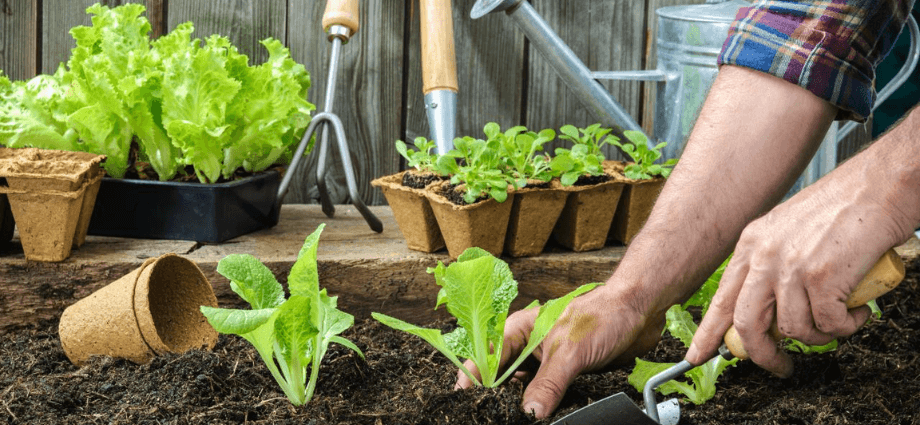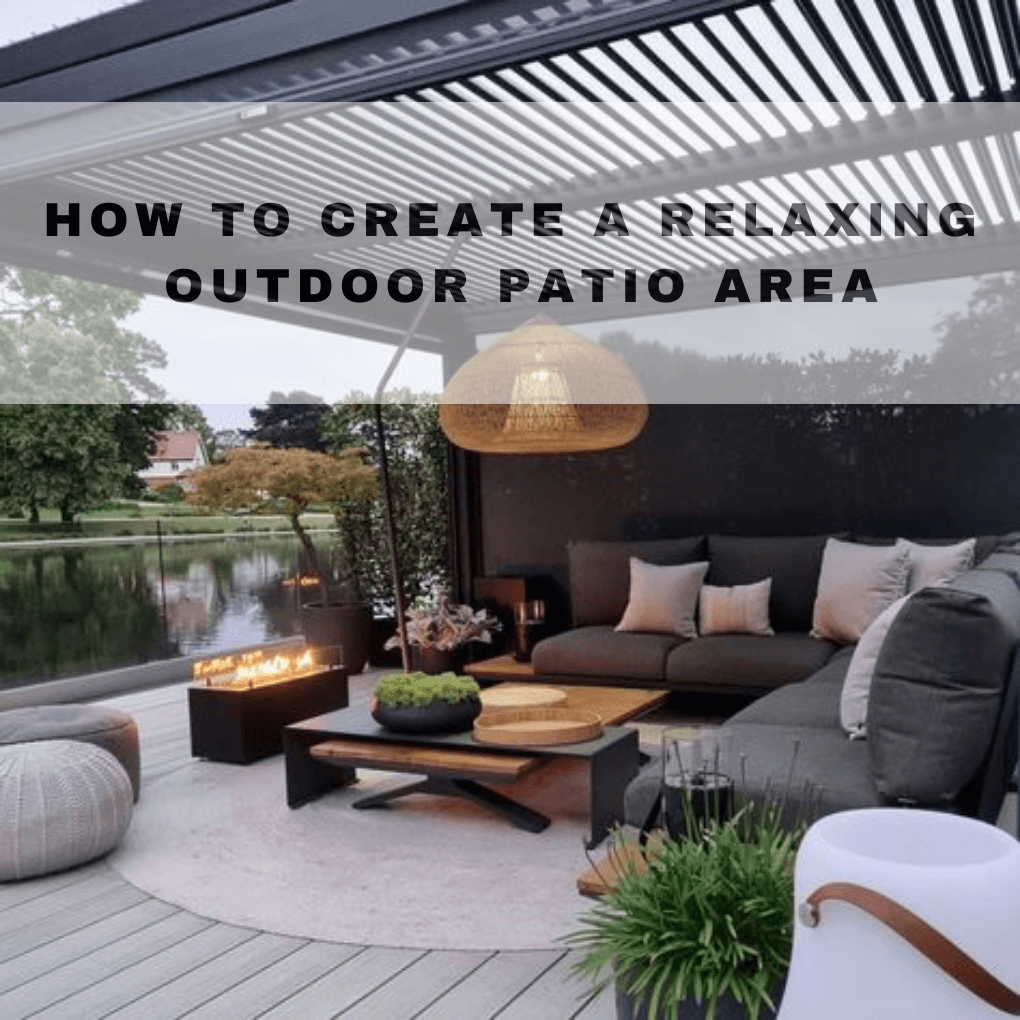Sustainable gardening is an excellent way to contribute to the environment, save money, and enjoy fresh produce. It allows you to grow plants in harmony with nature by conserving resources and reducing waste. You don’t need a big yard or advanced skills to get started—just a few simple steps and a commitment to going green. This guide will show you how to create a sustainable garden right in your backyard.
Understanding Sustainable Gardening
Sustainable gardening means creating a garden that thrives while protecting the environment. It focuses on using fewer resources, supporting biodiversity, and minimizing waste. By adopting this approach, you can play a part in reducing your ecological footprint.
Key Principles of Sustainable Gardening
To create a sustainable garden, you need to follow some basic principles:
- Reduce waste and reuse resources: Compost organic waste and recycle materials.
- Support local biodiversity: Choose plants that attract pollinators and native wildlife.
- Use low-impact gardening techniques: Avoid chemicals, conserve water, and rely on natural processes.
These principles ensure your garden benefits the environment and flourishes naturally.
Planning Your Sustainable Garden
Planning is the foundation of a successful sustainable garden. It helps you optimize your resources and make thoughtful decisions about your garden’s layout.
Assessing Your Space
Before planting, evaluate your backyard’s size, sunlight, and soil conditions.
- Measure your space to decide how many plants to grow.
- Observe areas that receive sunlight or shade to match plants to their ideal conditions.
- Test your soil’s pH level and fertility using a soil test kit.
Choosing the Right Plants
Selecting the right plants is critical for sustainability. Native and drought-resistant plants are excellent choices because they require less water and adapt well to your local climate.
- Opt for plants that attract pollinators like bees, butterflies, and birds.
- Include a mix of perennials and annuals to maintain biodiversity.
- Grow edible plants like vegetables, fruits, and herbs to enjoy fresh produce.
By planning well, you’ll create a garden that thrives naturally without unnecessary inputs.
Building Your Sustainable Garden
After planning, it’s time to bring your sustainable garden to life. Begin by focusing on creating healthy soil, the foundation of a thriving garden. Compost organic waste such as vegetable scraps and eggshells to naturally enrich the soil. Adding organic matter like compost or manure improves fertility, while cover crops, such as clover, help fix nitrogen in the soil and promote its health.
Water conservation is another key aspect. Rain barrels can collect and store rainwater for irrigation, reducing reliance on municipal water supplies. Drip irrigation systems are highly efficient, delivering water directly to plant roots where it is most needed. To further conserve water, make it a habit to water your plants early in the morning or late in the afternoon to minimize evaporation.
Mulching plays an important role in sustainable gardening by conserving moisture, reducing weeds, and improving soil health. Spread natural materials, such as straw, wood chips, or grass clippings, around the base of your plants to regulate soil temperature and retain moisture. Reapply mulch periodically to maintain its benefits and ensure your garden continues to thrive.
Maintaining Your Garden Sustainably

Proper maintenance is essential for keeping your garden flourishing over time while staying eco-friendly. Sustainable care focuses on natural pest control, seasonal planting, and effective pruning.
Managing pests without chemicals protects both your garden and the environment. Companion planting, where certain plants are grown together to deter pests, is a proven technique—for example, marigolds planted near tomatoes can repel harmful insects. Encouraging beneficial insects like ladybugs or using natural repellents made from ingredients such as garlic or neem oil also helps to manage pests in a safe and sustainable way.
Seasonal planting is crucial for long-term success. Rotating crops each year prevents soil depletion and keeps pest populations under control. Choosing plants suited to the current season ensures better growth and less stress on resources. During off-seasons, you can plant green manure or cover crops to replenish nutrients and prepare the soil for the next growing season.
Pruning and harvesting are equally important for maintaining a healthy and productive garden. Regularly prune dead or overgrown branches to encourage new growth and improve air circulation. Harvest fruits and vegetables when they are ripe to avoid waste and maximize freshness. Additionally, collecting seeds from mature plants ensures a sustainable cycle for future planting, reducing the need to purchase new seeds.
These maintenance practices will not only enhance the health of your garden but also make it more sustainable in the long term.
Benefits of Sustainable Gardening
Sustainable gardening is not only good for the environment but also offers numerous personal benefits. It’s a rewarding way to connect with nature while improving your lifestyle.
Environmental Benefits
- Reduces reliance on chemical fertilizers and pesticides.
- Conserves water and reduces waste through efficient practices.
- Increases biodiversity by creating habitats for pollinators and wildlife.
Personal Benefits
- Provides access to fresh, chemical-free produce.
- Saves money on groceries and gardening supplies.
- Promotes physical activity and reduces stress through gardening.
The positive impacts of sustainable gardening extend beyond your backyard, benefiting the planet and your well-being.
Conclusion
Creating a sustainable garden in your backyard is an achievable and fulfilling project. By planning carefully, building thoughtfully, and maintaining it sustainably, you can enjoy a garden that’s both beautiful and eco-friendly. Start small, follow the principles outlined in this guide, and watch your efforts bloom into a thriving, sustainable space. Begin today, and take a step toward a greener future!




